May 21, 2025 | 03:59 GMT +7
May 21, 2025 | 03:59 GMT +7
Hotline: 0913.378.918
May 21, 2025 | 03:59 GMT +7
Hotline: 0913.378.918

Speakers at the Vietnam Brand Development Seminar in the CPTPP market said that the fiscal space for Vietnamese products is still huge.
The Comprehensive and Progressive Agreement for Trans-Pacific Partnership (CPTPP) officially took effect on January 14, 2019. Particularly with the three markets of Canada, Mexico, and Peru, where Vietnam had not signed FTAs before CPTPP took effect, import-export turnover achieved impressive growth.
Mr. Ngo Chung Khanh, Deputy Director of the Multilateral Trade Policy Department, Ministry of Industry and Trade, assessed that, even during the COVID-19 period or periods of geopolitical fluctuations, the export growth rate to Canada and Mexico is always high.
"The trade surplus that Vietnam has from these two markets usually accounts for 1/3 to 1/2 of the trade surplus of other countries. With Peru, there are years of growth up to 3 digits. These are the points we need to pay close attention to," Mr. Khanh expressed.
Given that fiscal space in CPTPP markets is still very large, leaders of the Multilateral Trade Policy Department recommend that businesses focus on creating images and building the Vietnamese brand. He further informed that most consumers in these countries know Vietnamese coffee and rice but only recognize a few famous agricultural products, such as ST25 rice, under the An An brand of Tan Long Group.
"Other strong agricultural products have not appeared much on supermarket shelves, especially in new markets," Mr. Khanh said.
Sharing more about this issue, Mrs. Tran Thu Quynh, Trade Counselor, Vietnam Trade Office in Canada, said that five years after implementing CPTPP, Vietnam's exports to Canada more than doubled, reaching nearly US$ 10 billion in 2022.

Products such as seafood, vegetables, etc. have impressive growth in countries signed CPTPP.
Vietnam has now become Canada's seventh largest import partner, and Canada is also our country with a huge trade surplus, up to more than US$ 9 billion. This is the highest-growing "billion dollar" market in the CPTPP implementation group.
There are many positive signs, but Mrs. Quynh also pointed out some problems that must be overcome. For example, nearly 60% of Vietnamese products should enjoy a 0% CPTPP tax, but domestic businesses have not taken advantage of it. In addition, product groups with significant export growth are mainly located in the FDI sector and have existing brands. The domestic product group is still mainly exported raw or processed.
According to General Director Nguyen Thi Huyen, the United States and Canada, two countries implementing CPTPP, are one of the main export markets of Viet Nam Staraniseed Cassia Manufacturing And Exporting Joint Stock Company (VINA. SAMEX., JSC).
Mrs. Huyen assessed that the United States and Canada generally have high requirements for cinnamon and anise products, especially issues related to sustainable development. Therefore, Vinasamex has focused on building a value chain, training farmers in green, organic, and circular production, and proactively registering for international certifications.
"International certification is like a passport that helps sell our agricultural products in difficult markets. That path helps us increase the added value of our products, sell them at a higher value, and gradually affirm the brand of cinnamon and Vietnamese spices in the international market," Mrs. Huyen confided.
Thanks to these methods, Vietnamese anise cinnamon went from being unknown to customers in 2007 to ensuring competitiveness compared to other markets. In addition, farmers who directly produce anise cinnamon (about 90% are ethnic minorities in mountainous provinces) also benefit.

Mrs. Nguyen Thi Huyen shared about the importance of branding at a seminar organized by Industry and Trade Magazine.
VINA. SAMEX., JSC is an enterprise that produces and exports cinnamon, star anise, and organic spices to more than 20 major markets, such as the United States, Australia, Japan, and Korea. To further enhance value, Mrs. Huyen agrees with Mr. Khanh and Ms. Quynh's opinion that export products must focus on branding.
"When I go to international fairs, I see the international booths are very professional. They sell products with beautiful labels and packaging. That's what we have to do next, which is also the reason for the move. In the next period, we will do more deeply. At all costs, we must bring products under our company's direct brand into all international supermarkets," she emphasized.
According to the assessment of Brand Finance, a global brand valuation organization, Vietnamese national brands are among the groups with the strongest value growth recently, despite the negative impacts of the COVID-19 pandemic or political conflicts.
In 2019 - 2022, Vietnam's national brand has increased by 74%. In 2023, our country will rank 33/121 countries by Brand Finance.
Mrs. Trinh Huyen Mai, Deputy Head of the Trade Promotion Policy Department Division, Department of Trade Promotion, shared that the Ministry of Industry and Trade has prioritized the agricultural and food industry to build a brand internationally. Specifically: rice, seafood, coffee, cashew nuts, pepper, tea, honey and coconut. These are all strong products of Vietnam for many years, enough to increase market share in the CPTPP and general global markets.
The Multilateral Trade Policy Department, Ministry of Industry and Trade, informed that several large export enterprises in Vietnam have signed contracts to sell rice at prices up to US$ 1,000 - 1,500/ton, equivalent to more than twice the processing price. When entering supermarkets in the CPTPP market, the price of this rice increased about three times and could reach US$ 4,500/ton, which is nine times higher than the average selling price.
Translated by Tuan Huy
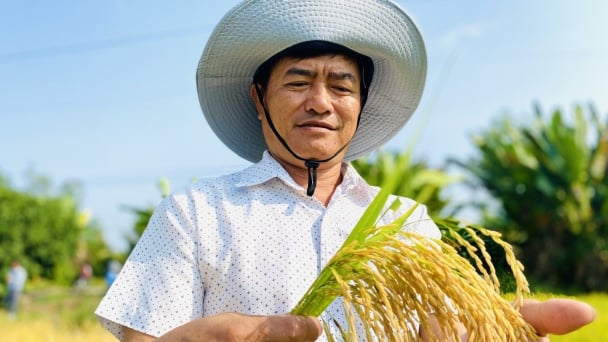
(VAN) Dong Thap farmers attained an average profit margin of 64% during the summer-autumn 2024 crop (first season), while An Giang and Kien Giang farmers followed with 56% and 54%, respectively.
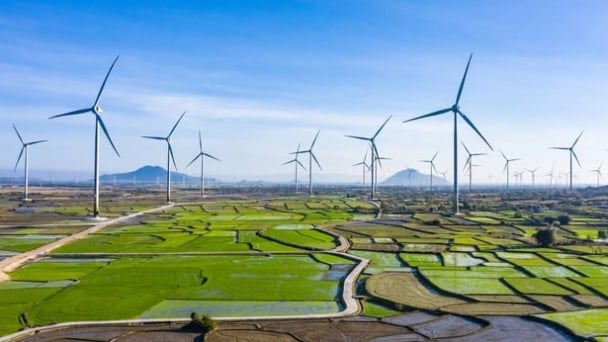
(VAN) As a doctoral student doing research on renewable energy and electrification at Harvard University, the author shares his musings on electricity, nature, and countryside memories.

(VAN) The decree on Extended Producer Responsibility (EPR) ensures transparent management and disbursement of support funds, avoiding the creation of a “give-and-take” mechanism.
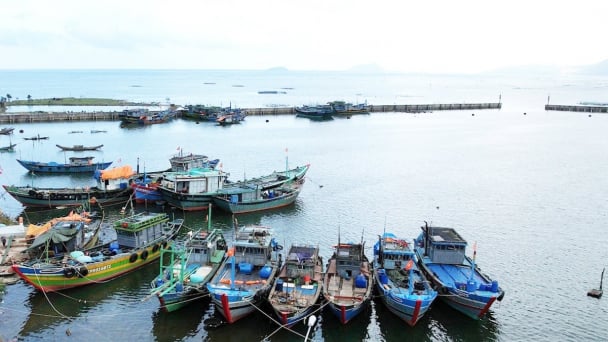
(VAN) Hue City rigorously enforces regulations regarding marine fishing and resource exploitation, with a particular emphasis on the monitoring of fishing vessels to prevent illegal, unreported, and unregulated (IUU) fishing.
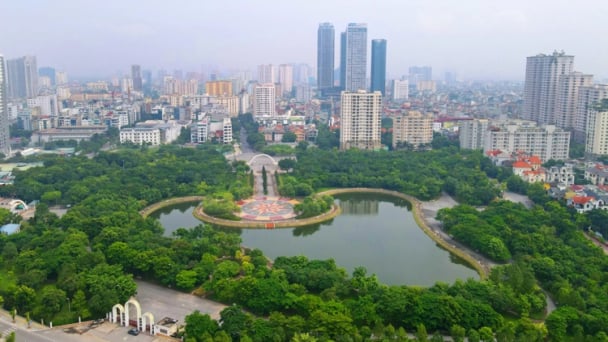
(VAN) Hanoi People's Committee has issued a plan on reducing greenhouse gas emissions in the waste management sector with 2030 vision.
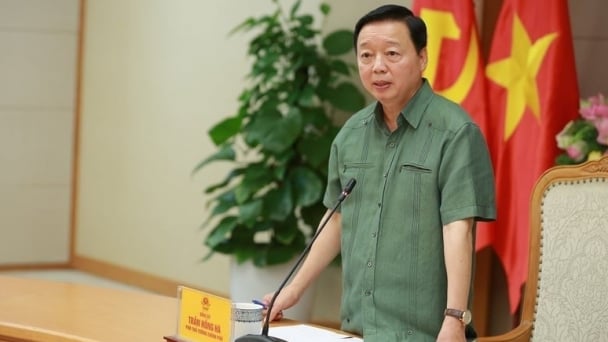
(VAN) Vietnam's draft amendment to Decree No. 156 proposes a mechanism for medicinal herb farming under forest canopies, linking economic development to population retention and the sustainable protection and development of forests.
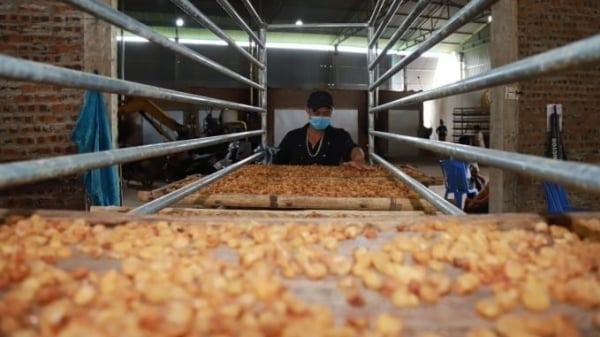
(VAN) In reality, many craft village models combined with tourism in Son La have proven effective, bringing significant economic benefits to rural communities.